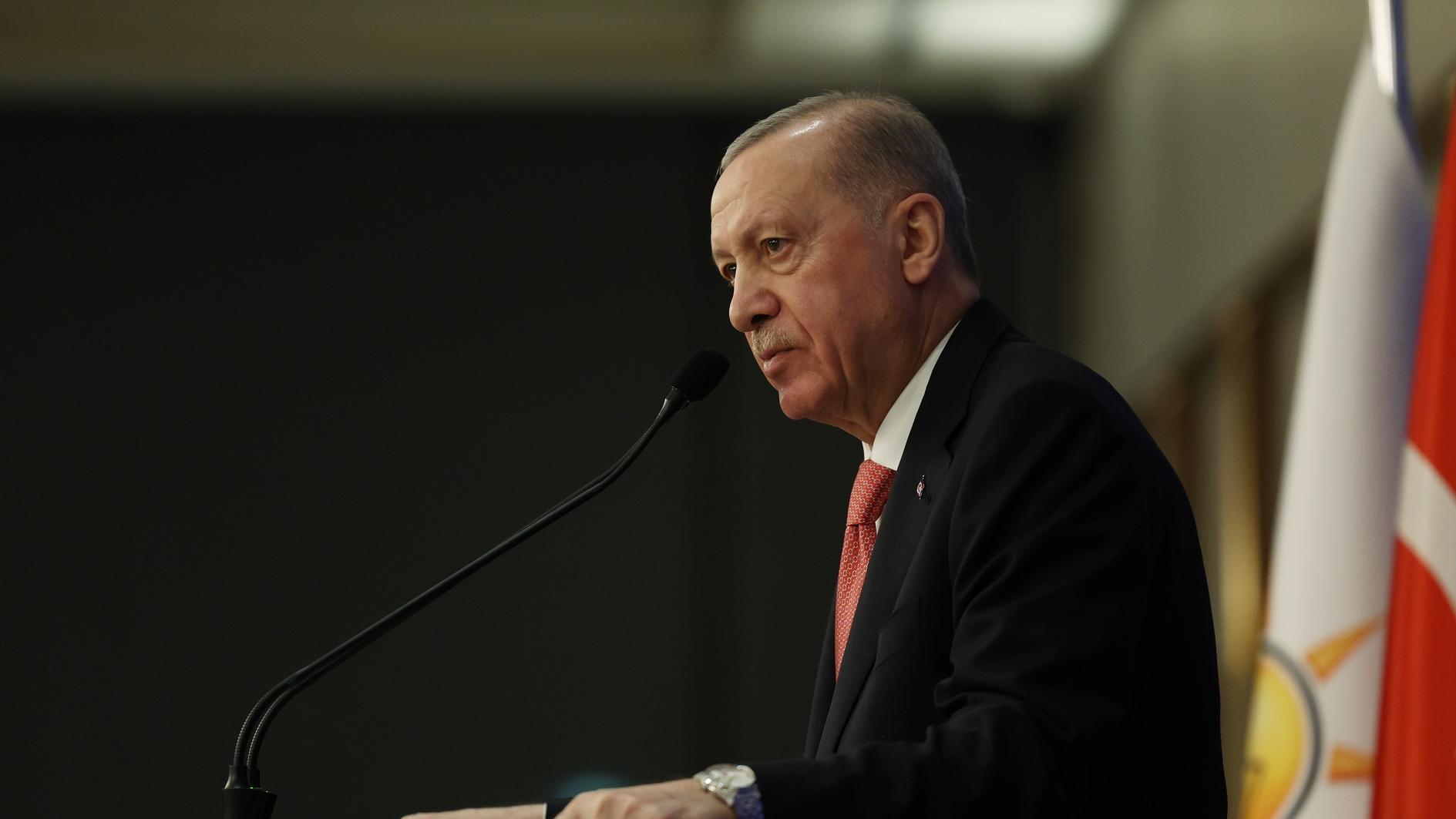Virus vaccine could be ready by autumn: Oxford scientist
NALAN KOÇAK - Istanbul

Alamy Photo
As human trials have commenced after recruiting 510 volunteers, the coronavirus vaccine could be ready as early as autumn, an Oxford University scientist who is part of the team that is working on developing a vaccine has said.
Since the coronavirus pandemic hit the world, everybody has had the same question in mind: When will humanity acquire a vaccine for the coronavirus, the ultimate way to fully control the pandemic?
We all know that it takes time for a vaccine to get developed, as the vaccines are for healthy people and, thus, the hardest phase is the trial on humans.
Dr. Tonia Thomas from the U.K.’s University of Oxford, who is the Vaccine Knowledge project manager of the Oxford Vaccine Group, has said in an email that new technologies were shortening the period of vaccine development.
Vaccine to be manufactured while trials continue
“The availability of the genetic sequence made it possible to start working on a vaccine very early [in January]. Experts have estimated that it will take 12-18 months to develop a new vaccine at high speed. Under normal circumstances, most vaccine development programs take more than five years, so this is still a considerably accelerated timescale. This 12-18-month prediction includes the time taken to develop manufacturing processes to produce the vaccine on a larger scale, as well as preclinical testing in animals and evaluation of the vaccine in human participants in a clinical trial. Scientists need to assess the safety and efficacy of the vaccine over a number of weeks and months through phase I, II and III clinical trials. If the vaccine is safe and efficacious, regulatory approval is needed before the vaccine can be deployed,” she said.
But, according to Dr. Thomas, many of these stages can be undertaken more quickly.
“Firstly, the use of a platform technology approach, i.e. a vaccine delivery system that has been used before and can be adapted for a new pathogen, can shorten the initial vaccine development time. Also, in an emergency situation, large scale manufacturing could be carried out concurrently while the clinical trial is ongoing. This would mean that if the clinical trial is successful, the vaccine would be ready in larger quantities, to be deployed immediately,” she said.
 Thus, Oxford University is using all these strategies in order to try to make a vaccine available as rapidly as possible once it is proven safe and effective. When developed, the vaccine will be known as ChAdOx1.
Thus, Oxford University is using all these strategies in order to try to make a vaccine available as rapidly as possible once it is proven safe and effective. When developed, the vaccine will be known as ChAdOx1.
The researchers currently are at the stage of human trials. The team has made an announcement to recruit volunteers.
Dr. Thomas explained that the first trial will recruit 510 volunteers who are healthy individuals aged 18-55. Volunteers must live in the Thames Valley area and have no underlying health conditions and must not have had symptoms of the coronavirus.
Dr. Thomas explained the test on humans as the following: “The first trial is to test safety, so we will primarily assess whether the vaccine causes reactions in the individuals. These could be local [pain, swelling at the injection site] or general [headache, fever, muscle aches]. Later trials will assess efficacy, and then we will be comparing the rate of infection between the COVID-19 vaccine group and the control group.
Vaccine targets protein on surface of virus
When asked how they plan to target to eliminate the virus with the vaccine and what the vulnerabilities of the virus that they have observed so far were, Dr. Thomas said the vaccine focuses on the spike protein which is on the surface of the coronavirus. This protein is used to infiltrate cells inside the body, she said, adding that the vaccine helps the body to produce antibodies against this protein, so that when the virus enters the body these antibodies will recognize the spike proteins on the virus and attack it before it can cause infection.
After the initial tests on humans, the team will need more trials. “We will recruit a larger number of people for the Phase III trial, and it’s likely this may be completed at other clinical trial sites outside Oxford,” Dr. Thomas said.
She also underlined the importance of following the restrictions to control the pandemic. “We can only fully control the pandemic with a vaccine, but if we follow the public health restrictions in the meantime, we can slow the spread of the virus and reduce the number of people affected.”
‘We work very long hours, researchers must be supported’
Dr. Thomas has also asked for support in their huge endeavor.
“Scientists are working at an unprecedented rate to achieve something that would usually take many years in a period of less than 12 months. We must support our researchers who are working tirelessly to make this happen. We work very long hours every day of the week, and the team do of course feel the pressure. But this is the reason we chose to work in medical science, and the opportunity to have such a significant impact is what drives us to continue our work,” she said.
















